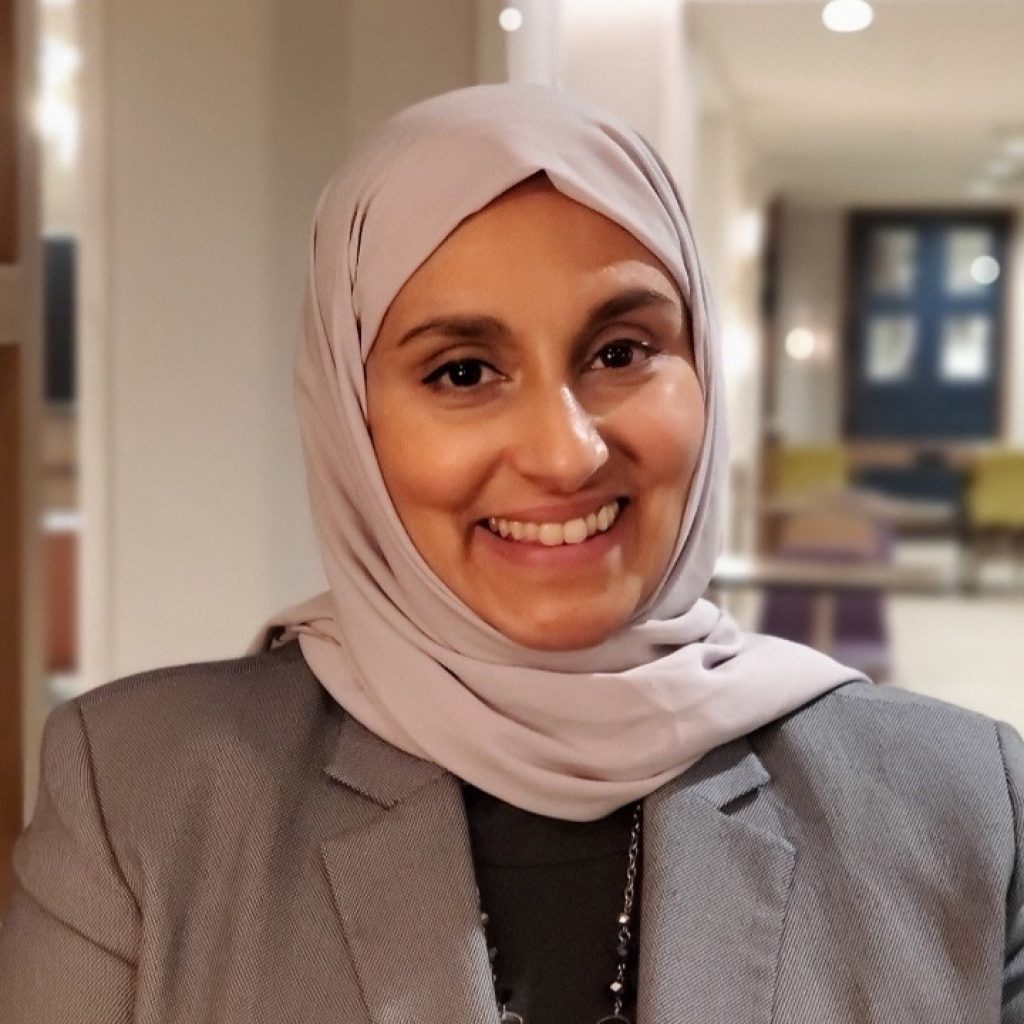Who’s leading this year’s DCSC Communities of Practice? As we gear up for back-to-school, we’ll be spotlighting conversations with each facilitator. Enjoy this first of our 5-part series on each group’s facilitator(s)!
Meet the facilitator!
Almost half of all English learners are in socioeconomically segregated schools. More than four out of every five US public schools serve at least one English learning student, but the majority of English learners are concentrated in a small portion of schools. English learning students are more likely to attend schools with students in the highly concentrated poverty levels. Diverse-by-design public charter schools are part of a movement to disrupt the harmful effects racial and socioeconomic segregation, so it’s imperative that school leaders prioritize equity in allocating resources and fostering academic success.
DCSC members will gather this year with facilitator Kathy Jamil to improve the ways in which we support English learners. Jamil’s education leadership spans 20 years as an administrator of district, charter, and private schools. She offers insightful perspectives on organizational change, racism, and inequality in schools. We sat down with Kathy to hear more about her DCSC Community of Practice beyond the details in the 1-pager.

Why focus on multilingual learners? Why now?
Multilingual learners are the fastest-growing group among US public school students, so while we continue to uplift cultural diversity, we can’t lose sight of persistent patterns of inequity. This is an exciting opportunity for educators to shift traditional mindsets! School leaders can improve their organization’s ability to value cultural diversity and the wealth of knowledge among students who speak a language other than English at home. The global pandemic continues to compound on the education sector’s relentless inequities—but we don’t have to accept that as the norm.
Oftentimes, traditional schools embody a mindset in which educators address an English learner’s deficit, and that learner is just one of a small population within the wider student body. This perspective frames multilingualism as a burden. From the perspective of both administrators and instructors, this damaging mindset overemphasizes the burden of providing more money, training, resources, and scheduling changes for pull-out and push-in supports. Regardless of intentions, such mindsets impact English learners where they experience being other-ed, causing them to face a fundamental barrier to learning.

What do you hope to gain from working with DCSC members?
In my prior role as a leader at a DCSC member school, I loved my experience participating in one of DCSC’s CoP during the program’s first year! It was awesome to look forward to joining each call because of the fruitful discussions and perspectives shared among colleagues. My relationships with other member participants have continued to push my thinking on practices as a school leader, so I am thrilled to provide that space for current DCSC members!
From what I’ve seen at an international school, a single-language school, and everything in between, I know the broader school culture can be largely impactful on students’ emotional and psychological development. It’s amazing to see students engaged with others who speak their language without having to minimize themselves to the dominant culture in order to fit in. Given the many linguistic instructional models represented within the Coalition, I’m really looking forward to expanding my vision and learning from the collective experiences of participants who work with multilingual populations.
